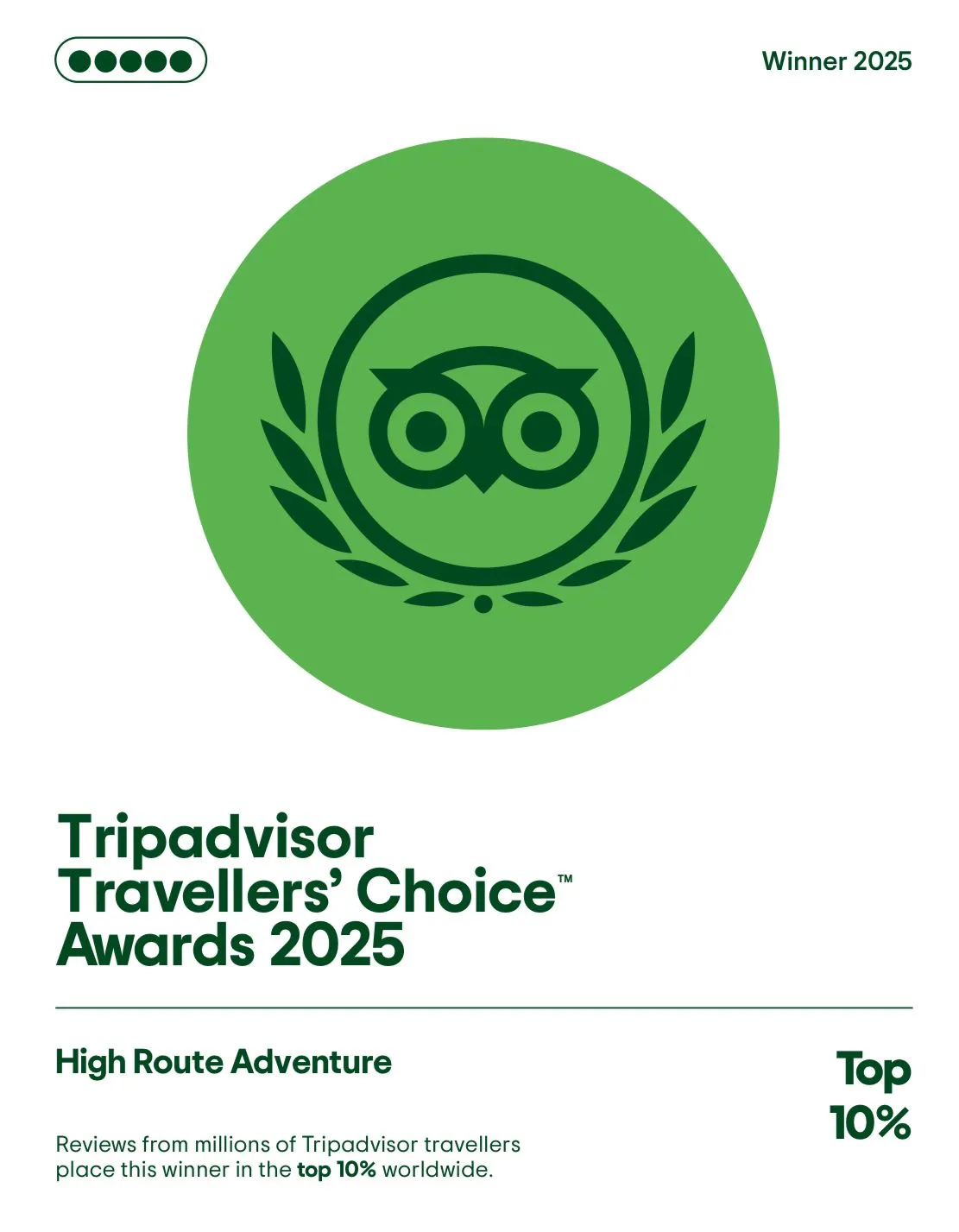Nepal Country Information

Nepal is a unique and captivating country where towering snow-capped mountains meet vibrant traditions and rich biodiversity. Nestled between India and China, this small landlocked nation is full of surprises for every kind of traveler.
For those in search of adventure, Nepal offers thrilling activities such as mountaineering, trekking, hiking, and various extreme sports, all set against a backdrop of stunning landscapes—from the towering Himalayas to serene hills and plains.
Nature lovers will find paradise in Nepal’s national parks and protected areas, which are home to rare wildlife and exotic flora and fauna. These are perfect for wildlife safaris, birdwatching, and peaceful nature walks with family and friends.
Nepal’s charm also lies in its deeply rooted culture and spirituality. Across the country, you’ll discover temples, monasteries (Gumbas), shrines, and historical landmarks, including UNESCO World Heritage Sites that showcase Nepal’s rich history and religious harmony.
Whether you seek adventure, spiritual peace, or cultural exploration, Nepal welcomes you with open arms.
Quick Facts About Nepal
- Official Name: Federal Democratic Republic of Nepal
- Capital: Kathmandu
- Area: 147,181 square kilometers
- Population: Estimated 29.3 million (as of 2017)
- Time Zone: Nepal Standard Time (NST) — UTC +05:45
- Official Language: Nepali
- Currency: Nepalese Rupee (NPR)
- National Symbols:
- Flag: The only non-rectangular national flag in the world, featuring a combination of two triangles with the sun and moon
- Emblem: Includes the national flag, Mount Everest, green hills, and a male and female handshake
- National Flower: Rhododendron (Lali Gurans)
- National Bird: Himalayan Monal (Danphe)
Geography and Location
- Location: Nepal is a landlocked country in South Asia. It borders China (Tibet Autonomous Region) to the north, and India to the east, west, and south.
- Geography: The country’s topography ranges from the snow-capped Himalayan mountains, including Mount Everest, to mid-hill regions with forests and valleys, and extends to the flat and fertile Terai plains in the south.
- Climate Zones: Ranges from alpine in the mountains to subtropical in the Terai.
Political and Social Overview
- Political System: Nepal is a federal democratic republic with a multiparty system. It transitioned from a monarchy to a republic in 2008.
- Major Religions:
- Hinduism (majority religion)
- Buddhism (especially significant in Lumbini, the birthplace of Buddha)
- Christianity and Islam also have growing communities
Everyday Essentials
- Working Hours:
- Government offices operate Sunday to Friday, from 10:00 AM to 5:00 PM
- During winter months, offices close an hour earlier at 4:00 PM
- Electricity:
- Nepal uses 230V, 50Hz electricity supply
- Power is well-distributed in urban areas, though rural regions may still face occasional outages
- Power sockets: Type C, D, and M are commonly used
Tourist Visa Information for Nepal
Traveling to Nepal is easy and convenient when it comes to obtaining a visa. Most travelers can get an On-Arrival Tourist Visa at Tribhuvan International Airport (Kathmandu) or at official land entry points on the Nepal-India and Nepal-Tibet borders.
How to Apply
To obtain a visa on arrival, you’ll need to:
- Fill out a visa application form
- Provide a valid passport and a passport-size photo
- Pay the applicable visa fee in US dollars or equivalent foreign currency
Visa Fees (On Arrival)
- 15 Days – USD 30
- 30 Days – USD 50
- 90 Days – USD 125
Visa Extension
If you wish to stay longer, you can extend your tourist visa at the Department of Immigration in Kathmandu or Pokhara.
- Minimum extension (15 days): USD 45
- Additional days: USD 3 per day
- Multiple entry facility: Extra USD 25
Note: Visa extensions are not available at the airport.
Important Tip:
For the most up-to-date visa fees and requirements, always check the official website of the Department of Immigration, Nepal:
👉 www.nepalimmigration.gov.np
Alternative Option: Get a Visa Before Arrival
If you prefer to arrange your visa in advance, you can also obtain a Nepalese Tourist Visa from any Nepalese Embassy or Consulate (Diplomatic Missions) located abroad.
- The visa is valid for six months from the date of issue, so make sure to plan your travel accordingly.
For full details, forms, and embassy locations, visit the official website of Nepal’s Department of Immigration:
👉 www.nepalimmigration.gov.np/page/tourist-visa
Top Destinations to Explore
A. Kathmandu Valley (Cultural Heartland):
- Kathmandu Durbar Square, Patan Durbar Square, Bhaktapur Durbar Square (UNESCO sites)
- Boudhanath Stupa, Swayambhunath Stupa (Monkey Temple)
- Pashupatinath Temple
- Thamel (Tourist hub)
B. Pokhara (Adventure Hub & Lakeside Serenity):
- Phewa Lake, Begnas Lake
- Sarangkot (Sunrise views)
- Devi’s Fall, Gupteshwor Cave
- Adventure activities: Paragliding, zip-lining, boating
C. Everest Region (Himalayan Majesty):
- Everest Base Camp Trek (Sagarmatha National Park)
- Lukla, Namche Bazaar
- Sherpa culture and monasteries
D. Lumbini (Birthplace of Buddha):
- Maya Devi Temple, Ashoka Pillar
- Monastic Zone (International monasteries)
- Spiritual significance
E. Chitwan National Park (Wildlife Sanctuary):
- Jungle safaris (rhinos, tigers, crocodiles)
- Elephant breeding center, Tharu culture
F. Other Notable Destinations:
- Langtang Region, Annapurna Region (other trekking routes)
- Bardiya National Park
- Illam (Tea gardens)
How to Reach Nepal
By Air
Nepal has only one international airport—Tribhuvan International Airport (TIA), located in Kathmandu.
TIA is the main gateway for international travelers, with daily flights connecting Nepal to major cities across Asia, the Middle East, and beyond. If you’re flying into Nepal, Kathmandu will be your first stop.
By Land
Nepal also offers multiple land entry points along its borders with India and China (Tibet).
From India:
- There are several open border crossings where travelers can enter by bus, car, or on foot.
- Direct bus services operate from cities like Delhi, Varanasi, Patna, and Gorakhpur to various border points leading into Nepal.
- Train option: You can take a train from Raxaul (India) to Sirsiya (Nepal) for a more scenic and flexible travel experience.
From China (Tibet):
- The main border crossing is at Rasuwa (Kerung/Gyirong Pass), which connects Tibet with the northern region of Nepal.
Internet and Communication in the country
Internet connectivity in Nepal is well-developed in major cities and tourist hubs. In places like Kathmandu, Pokhara, Chitwan, and Lumbini, you’ll find high-speed Wi-Fi readily available in hotels, restaurants, and public spaces.
However, while trekking in remote or high-altitude regions, internet access becomes limited and unreliable. In such areas, using mobile data is often the most reliable option.
Nepal’s main telecom providers—NTC (Nepal Telecom), Ncell, and Smart Cell—offer 3G and 4G services, with data packages, voice calls, and even international calling options.
Traditional communication methods like telephone, fax, and newspapers are still in use, especially in non-urban areas, but mobile and internet-based communication dominate in the cities.
Local Currency and Foreign Exchange
The official currency of Nepal is the Nepalese Rupee (NPR), commonly written as NPR or NRs.
Available Denominations:
- Banknotes: 1, 2, 5, 10, 20, 50, 100, 500, and 1000 rupees
- Coins: 1 and 2 rupees
Currency Exchange:
You can easily exchange your foreign currency:
- At the currency exchange counter at Tribhuvan International Airport (TIA)
- At banks and licensed money exchange centers found throughout major cities and tourist areas
💡 Tip: Always check the latest exchange rates before exchanging money. You can find updated rates on the official website of the Nepal Rastra Bank:
👉 www.nrb.org.np/fxmexchangerate.php
Weather and Climate Of Nepal
Nepal experiences four distinct seasons throughout the year: spring, summer/monsoon, autumn, and winter. The weather patterns vary widely depending on the season and region.
Seasonal Overview:
- Spring (March–May): Pleasant temperatures with blooming flowers and lush greenery. It’s one of the best times for trekking and sightseeing.
- Summer/Monsoon (June–August): Hot, humid, and rainy—especially in the plains and hilly regions. Trails can be slippery, but landscapes are lush and green.
- Autumn (September–November): Clear skies, mild temperatures, and dry weather make this the peak travel season in Nepal.
- Winter (December–February): Cold temperatures, especially in the highlands and mountains. The plains remain milder, but higher regions often see snowfall.
Climate by Region:
Nepal’s climate shifts dramatically with altitude:
Mountain Region: Cold and dry, with temperatures often dropping below 0°C in winter.
Terai Region (Lowlands): Hot and humid, especially in summer.
Hill Region: Moderate and temperate climate year-round.
People, Culture, and Festivals
Nepal is a land of rich cultural heritage and warm hospitality. The people here are widely admired for being friendly, kind, and welcoming—a reflection of the popular saying in Nepali culture: “Guests are like gods” (Atithi Devo Bhava).
Ethnic and Cultural Diversity:
Nepal is home to more than 120 ethnic groups and multiple languages, making it one of the most culturally diverse countries in South Asia.
- In the Terai (lowland) region, Hinduism is the dominant religion, along with smaller communities practicing Islam, Kiratism, and Christianity.
- In the mountainous and Himalayan regions, Buddhism is more common, especially Tibetan Buddhism, which influences many ethnic groups living at higher altitudes.
Major Festivals of Nepal:
Nepal celebrates a wide range of festivals throughout the year, reflecting its religious and cultural diversity.
- Dashain – The biggest and longest Hindu festival, celebrated with family gatherings, rituals, and blessings.
- Tihar – Known as the festival of lights, similar to Diwali, celebrated with vibrant decorations, music, and respect for animals like crows, dogs, and cows.
- Chhath – A major festival in the Terai region dedicated to the Sun God.
- Buddha Jayanti – Celebrates the birth of Lord Buddha, especially significant in Buddhist communities.
- Eid – Celebrated by the Muslim community with prayers, feasts, and charity.
- Christmas – Celebrated by the Christian population, especially in urban areas.
- Jatras – Traditional street festivals, especially in the Kathmandu Valley, like Indra Jatra, Rato Machindranath Jatra, and Bisket Jatra.
🏮 These festivals not only mark religious significance but also bring people together, regardless of faith or background.









